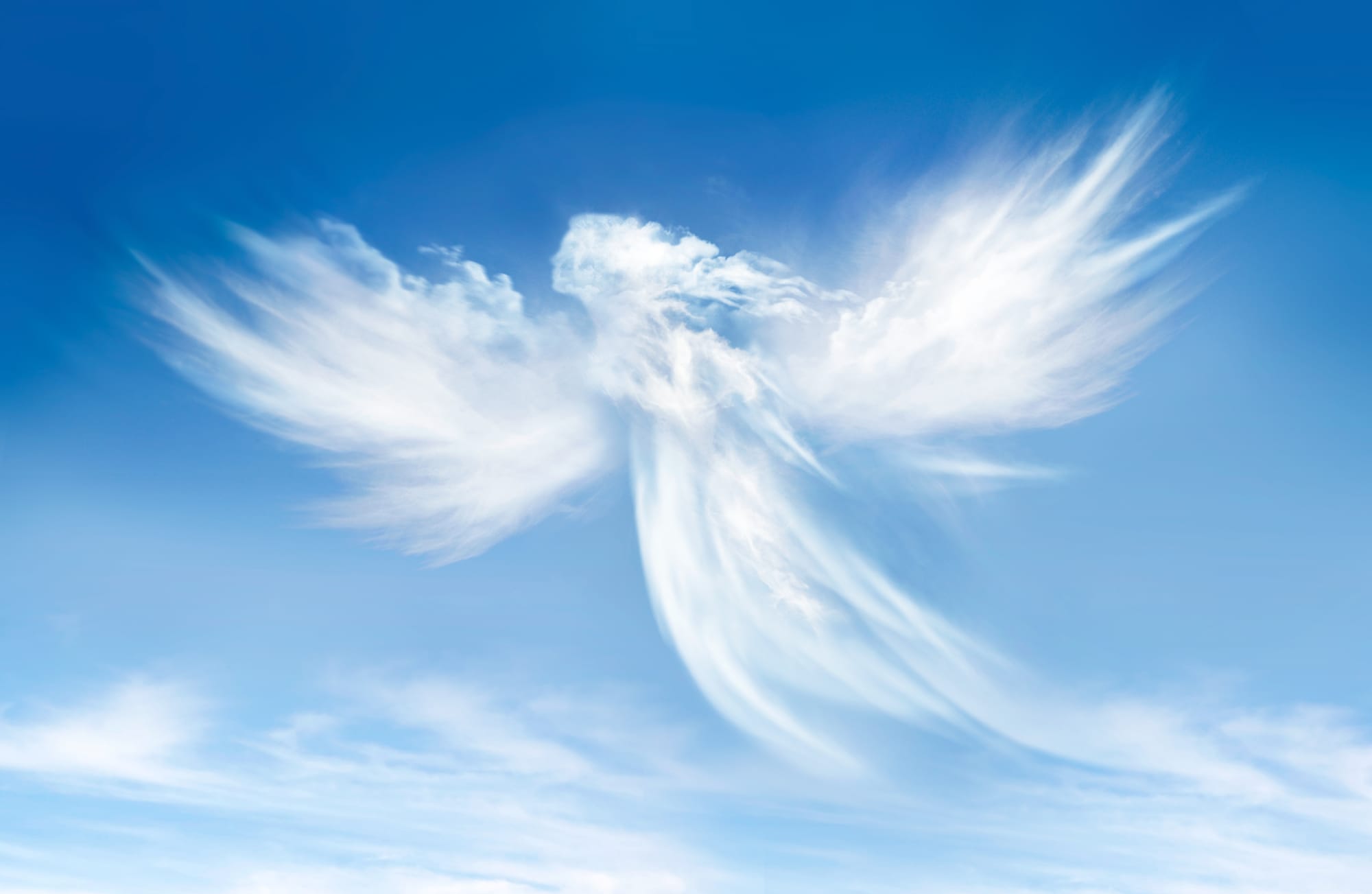Scottish Gaelic, or Gàidhlig

Scottish Gaelic, or Gàidhlig, is a rich and ancient language that forms a vital part of Scotland’s cultural and historical heritage. Evolving from Old Irish, it was brought to Scotland by settlers from Ireland around the 4th to 5th centuries AD, gradually becoming the dominant language across much of the country by the early Middle Ages. For centuries, Gaelic was the language of kings, poets, and everyday people, deeply intertwined with Scotland's oral traditions, laws, and place-names.
Most of the settlers to Glengarry were from the Gaelic speaking Western Highlands, the western Isle of Skye and the Hebrides. They brought few worldly goods with them but took their culture. The keystone of their culture of music and religion was the Gaelic language.
Gaelic was still quite common in the northern part of the county until the 1950’s. Gaelic services were held in Dunvegan on a regular basis until 1934 and on special occasions in Kirk Hill.
Today the Lord’s prayer is recited in Gaelic at the Kirkin’O’The Tartan service held every year at the Presbyterian Church at Kirk Hill on the Sunday following the Glengarry Highland Games.
The cause of the demise of the Gaelic language was because it was not taught in schools. Parents wanted their children to be fluent in English to have opportunities the parents did not have.
Above the Chancel in the Presbyterian Church at Kirk Hill are the words “Tigh Dhe” in Gaelic which means House of God.
Other common Gaelic words are:
A Hundred Thousand Welcome’s → Ceud mile failte
Come in →Thig a Stigh
We are happy to see you → Tha sinn toillche ur faican
How are you? → Ciamar a that hu?
Come again → Thig a-rithist
Thank you → Tapadh leat
Your Welcome → Se do bheatha
The Gaelic language has disappeared but somewhere we all will have to learn it as it is said “It is the language of Angels in Heaven”.
Contribution by Joan Lothian


